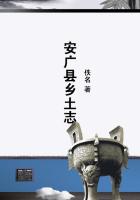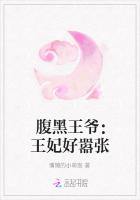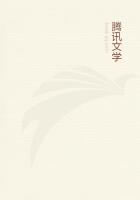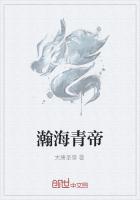Those bodies admit of softening which are not (like ice) made up of water, but in which earth predominates. All their moisture must not have left them (as in the case of natron and salt), nor must the relation of dry to moist in them be incongruous (as in the case of pottery). They must be tractile (without admitting water) or malleable (without consisting of water), and the agent in softening them is fire. Such are iron and horn.
Both of bodies that can melt and of bodies that cannot, some do and some do not admit of softening in water. Copper, for instance, which can be melted, cannot be softened in water, whereas wool and earth can be softened in water, for they can be soaked. (It is true that though copper can be melted the agent in its case is not water, but some of the bodies that can be melted by water too such as natron and salt cannot be softened in water: for nothing is said to be so affected unless the water soaks into it and makes it softer.)Some things, on the other hand, such as wool and grain, can be softened by water though they cannot be melted. Any body that is to be softened by water must be of earth and must have its pores larger than the particles of water, and the pores themselves must be able to resist the action of water, whereas bodies that can be 'melted' by water must have pores throughout.
(Why is it that earth is both 'melted' and softened by moisture, while natron is 'melted' but not softened? Because natron is pervaded throughout by pores so that the parts are immediately divided by the water, but earth has also pores which do not connect and is therefore differently affected according as the water enters by one or the other set of pores.)Some bodies can be bent or straightened, like the reed or the withy, some cannot, like pottery and stone. Those bodies are apt to be bent and straightened which can change from being curved to being straight and from being straight to being curved, and bending and straightening consist in the change or motion to the straight or to a curve, for a thing is said to be in process of being bent whether it is being made to assume a convex or a concave shape. So bending is defined as motion to the convex or the concave without a change of length. For if we added 'or to the straight', we should have a thing bent and straight at once, and it is impossible for that which is straight to be bent. And if all bending is a bending back or a bending down, the former being a change to the convex, the latter to the concave, a motion that leads to the straight cannot be called bending, but bending and straightening are two different things. These, then, are the things that can, and those that cannot be bent, and be straightened.
Some things can be both broken and comminuted, others admit only one or the other. Wood, for instance, can be broken but not comminuted, ice and stone can be comminuted but not broken, while pottery may either be comminuted or broken. The distinction is this: breaking is a division and separation into large parts, comminution into parts of any size, but there must be more of them than two. Now those solids that have many pores not communicating with one another are comminuible (for the limit to their subdivision is set by the pores), but those whose pores stretch continuously for a long way are breakable, while those which have pores of both kinds are both comminuible and breakable.
Some things, e.g. copper and wax, are impressible, others, e.g.
pottery and water, are not. The process of being impressed is the sinking of a part of the surface of a thing in response to pressure or a blow, in general to contact. Such bodies are either soft, like wax, where part of the surface is depressed while the rest remains, or hard, like copper. Non-impressible bodies are either hard, like pottery (its surface does not give way and sink in), or liquid, like water (for though water does give way it is not in a part of it, for there is a reciprocal change of place of all its parts). Those impressibles that retain the shape impressed on them and are easily moulded by the hand are called 'plastic'; those that are not easily moulded, such as stone or wood, or are easily moulded but do not retain the shape impressed, like wool or a sponge, are not plastic.
The last group are said to be 'squeezable'. Things are 'squeezable'
when they can contract into themselves under pressure, their surface sinking in without being broken and without the parts interchanging position as happens in the case of water. (We speak of pressure when there is movement and the motor remains in contact with the thing moved, of impact when the movement is due to the local movement of the motor.) Those bodies are subject to squeezing which have empty pores-empty, that is, of the stuff of which the body itself consists-and that can sink upon the void spaces within them, or rather upon their pores. For sometimes the pores upon which a body sinks in are not empty (a wet sponge, for instance, has its pores full). But the pores, if full, must be full of something softer than the body itself which is to contract. Examples of things squeezable are the sponge, wax, flesh. Those things are not squeezable which cannot be made to contract upon their own pores by pressure, either because they have no pores or because their pores are full of something too hard.
Thus iron, stone, water and all liquids are incapable of being squeezed.
Things are tractile when their surface can be made to elongate, for being drawn out is a movement of the surface, remaining unbroken, in the direction of the mover. Some things are tractile, e.g. hair, thongs, sinew, dough, birdlime, and some are not, e.g.
water, stone. Some things are both tractile and squeezable, e.g. wool;in other cases the two qualities do not coincide; phlegm, for instance, is tractile but not squeezable, and a sponge squeezable but not tractile.

